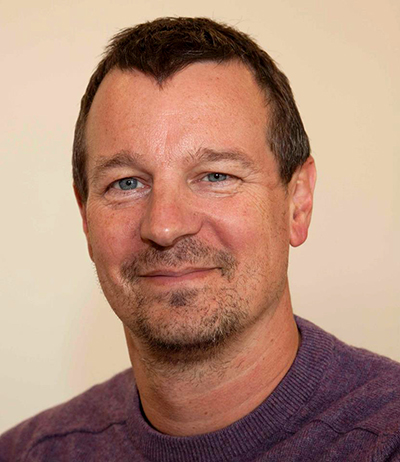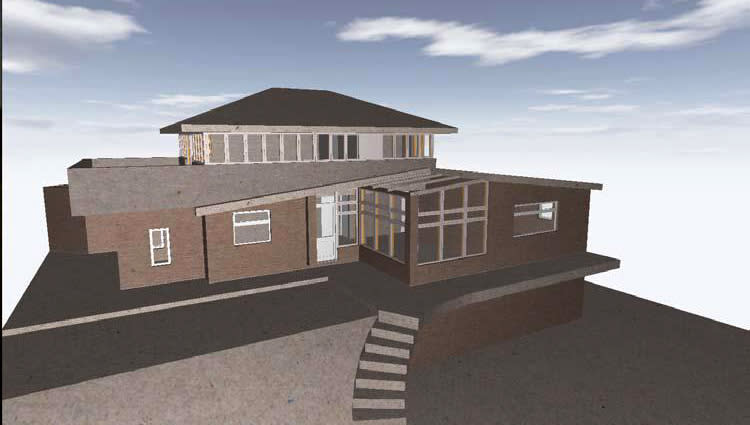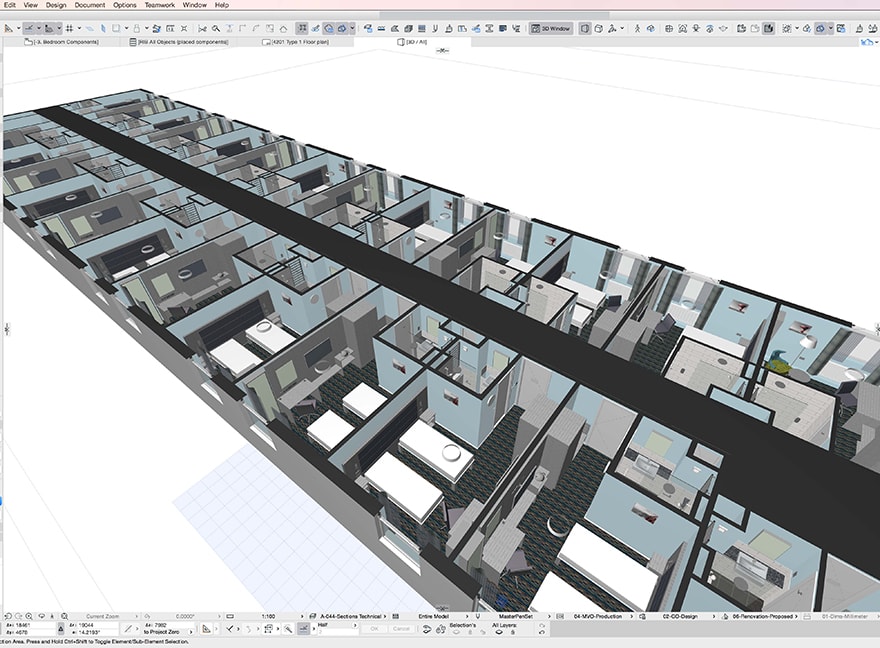
For us it was all about being able to do the work of a company twice our size without having to grow, by being uber efficient. So, we started looking at tech companies to see how they work.– John Moorhouse, Constructive Thinking
Adopting BIM and collabration has allowed design practice Constructive Thinking to take on work that is often in the realm of larger companies.
Jon Moorhouse, the founder of Constructive Thinking, describes his architectural business as “a small practice with big ideas”. You bet. With just five full-time staff, the studio he founded 16 years ago harnesses much of the digital technology and business regimes that might be associated with larger operations.
Constructive Thinking has been a paperless office since 2004, has worked exclusively in 3D since 2007 and has developed a BIM template to enable bills of quantities to be extracted easily and accurately. Stuart Clark, their technical director, continues to break new ground in automated template development.
The fact that Moorhouse is director of research and development speaks volumes of the firm’s forward thinking. He combines this role with that of an academic and is completing a PhD in affordable warmth.
Tell us a bit more about the practice
The practice is based in Liverpool and has a wide portfolio of work including sustainable architecture, housing – both high end residential and social housing – retrofit, hotels and leisure, BIM and interior design.
What’s different about Constructive Thinking?
One of the things that sets us apart is that we are sharing work with a practice of similar size in Vienna to cope with peaks and troughs in workload. The economies of the two countries are rarely in sync so it makes a lot of sense.
It can only work if the two practices trust each other and the software and hardware work together, so we can log onto each other’s projects and work seamlessly. We’ve worked together for 10 years now having first met at an ArchiCAD summer school.
I am also a founding member of ACUA, the ArchiCAD user association, set up as a way to share best practice. It has user members from 12 European countries plus the US, Africa and Australia.
We do all our work in 3D
We’ve been virtually paperless since 2004 and since 2007 we’ve modelled entirely in 3D and generated 2D drawings from our 3D models. That makes us almost unique. Even larger practices find that difficult.
For us it was all about being able to do the work of a company twice our size without having to grow, by being uber efficient. So, we started looking at tech companies to see how they work. Quickly we saw that they outsourced, working as agile partnerships and drawing in the best talent for each task – in contrast to architects who tend to want to do everything in house.
As buildings become more complex, we’re able to collaborate on certain elements with specialist suppliers such as the timber frame company or the cladding company.
We make the 3D models available to builders
Smaller architectural practices have generally been slow on the uptake on this, but we make our models available to builders using Graphisoft’s BIMx to make communications easier.
BIMx models are viewable on mobiles and tablets and enable the contractor to view and move around the model, click on different elements to get detailed information and also access a list of drawings, documents and schedules.
Some contractors need convincing having never worked in that way, but we demonstrate to them how they can save money by using the model to view accurate bills of quantities.

Constructive Thinking used BIMx on the design of an extension for a property in Malvern
We have developed a template to extract exact bills of quantities
It’s not difficult to extract bills of quantities and schedules from the model if the template is set up right. And that’s the secret of our success. So, if we choose a type of wall from a selection of pre-programmed options, the system will automatically calculate the number of bricks or blocks and the volume of render required and it also includes energy values.
It’s set up in ArchiCAD and is our most closely guarded IP. All the information can be exported as BIMx, IFC or Excel files depending on the contractor’s requirements, enabling better communication with our clients and other members of the design and construction team.
Can you talk us through an example of how harnessing technology has helped in your work?
A residential project we worked on in Malvern is a good example of how our approach allows us to tackle projects that would have been difficult for a small practice like ours. The project involved adding a pitched roof extension to a 1960s bungalow without the residents moving out.
We used ArchiCAD to design a steel frame that could be installed using a flat-bed crane. The steel frame had to be millimetre perfect and we only had one shot to get it right. We exported our model directly to the steel manufacturer as a Sketchup file, and they modelled the connection details before sending it back to us for clash detection.
Once we had the final model, the steel manufacturer used CNC technology to fabricate the steel frame within precise tolerances – it would have been too risky to attempt without this workflow.

The rooms were all different sizes at the practice’s Glasgow hotel refurbishment
Another project where we have harnessed software successfully to improve design productivity is for a 54-bed hotel refurbishment in Glasgow, where all the rooms are different sizes and layouts but need to look part of the same family.
We developed “smart” objects for the joinery elements of the rooms – such as wardrobes and cupboards. We carried out 3D scans of the rooms which were uploaded to the cloud before being processed and downloaded directly into ArchiCAD.
Our architects then “stretched out” the smart objects so that the designs fitted each of the rooms automatically. Once approved, the designs were sent straight to the manufacturer.
It meant that while we were scanning the rooms in Glasgow to the cloud – an architect was working on the same system in Liverpool and our clients were looking at the finished designs in London. It’s a really nice way to work.
As a small practice how have you managed to invest in technology?
At the start it was a real leap of faith, which has paid off virtually every time. Now we’re able to quantify the benefits. One of the cameras we bought for scanning paid back within just a few months.















